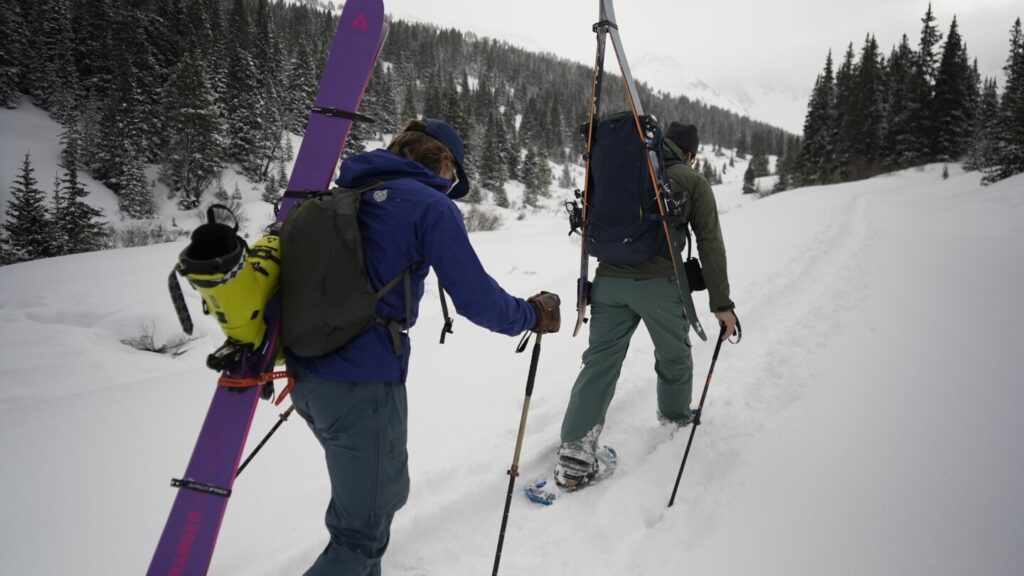In the Western U.S., concerns are rising among officials responsible for avalanche warnings due to the Trump administration’s decision to dismiss numerous meteorologists and environmental scientists. These professionals play a critical role in providing life-saving forecasts for skiers, climbers, and the general public who navigate avalanche-prone areas. The recent tragic incident near Anchorage, Alaska, where forecasters had warned of avalanche risks, highlights the importance of accurate forecasting in preventing such disasters.
Avalanches claim about two dozen lives annually in the U.S., emphasizing the significance of reliable forecasts in mitigating risks. The collaboration between avalanche forecasters and National Weather Service meteorologists, supported by data-driven models from the National Oceanic and Atmospheric Administration (NOAA), is crucial for predicting avalanche likelihood, severity, and location. Without NOAA’s input, the effectiveness of avalanche forecasts could be compromised, leading to potential life-threatening situations.
As winter progresses, the number of avalanche-related fatalities continues to rise, underscoring the need for robust forecasting capabilities. While federal avalanche centers have been spared from immediate cuts, the uncertainty looms over potential future impacts on forecasting quality. The Trump administration’s efforts to reduce the federal workforce, including positions at NOAA, raise concerns about the long-term sustainability of avalanche forecasting efforts.
Ultimately, the collaboration between meteorologists, forecasters, and researchers is essential in providing accurate information to the public and ensuring safety in mountainous regions. The ongoing challenges faced by these professionals highlight the critical role they play in safeguarding lives and the need for continued support to maintain effective avalanche forecasting systems.

